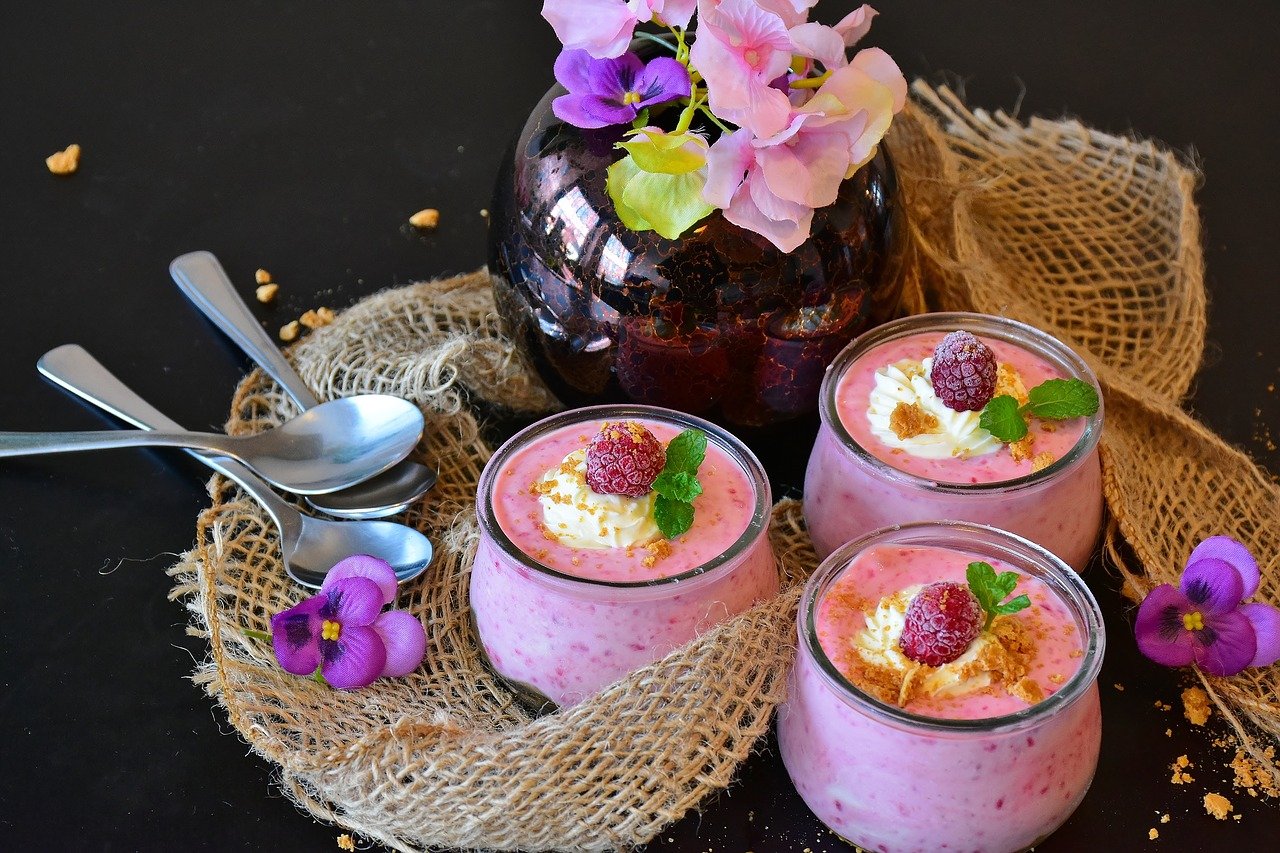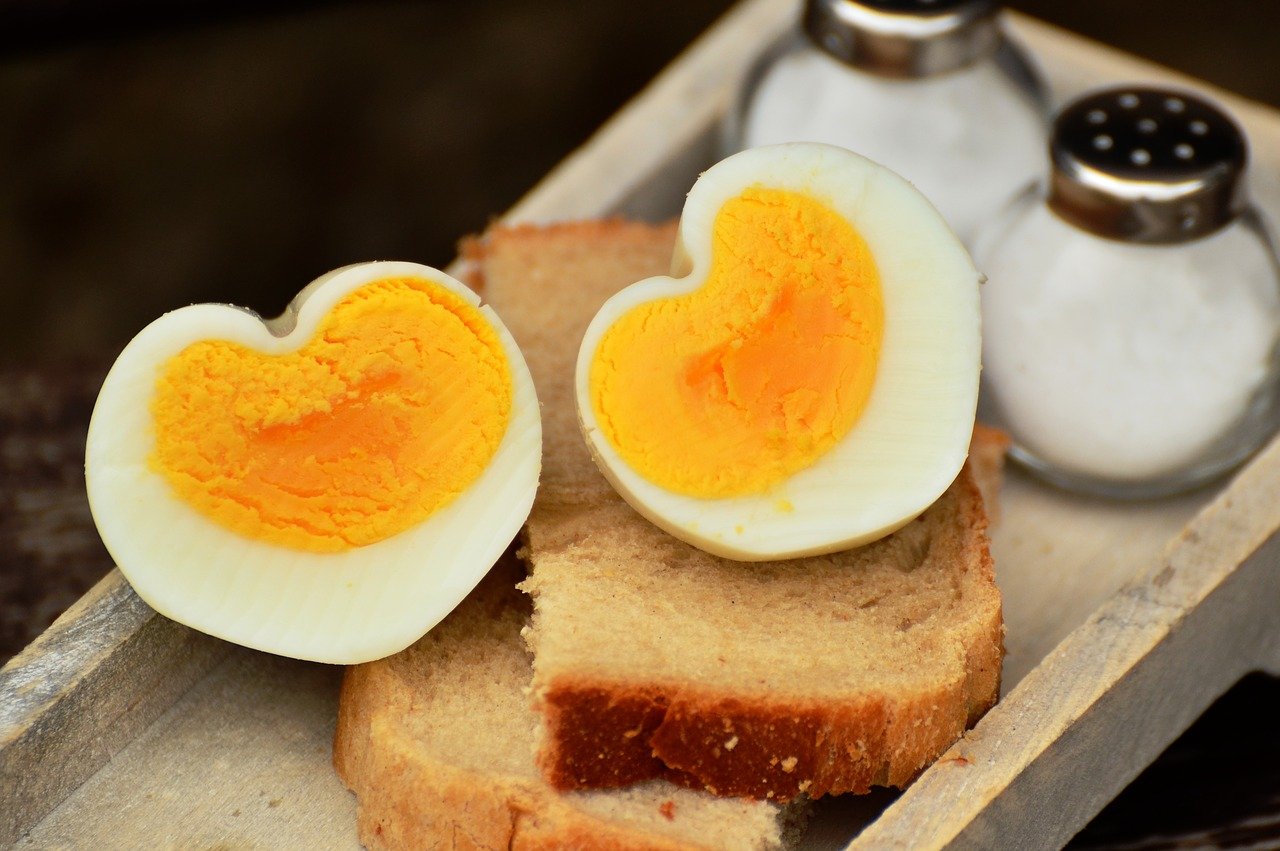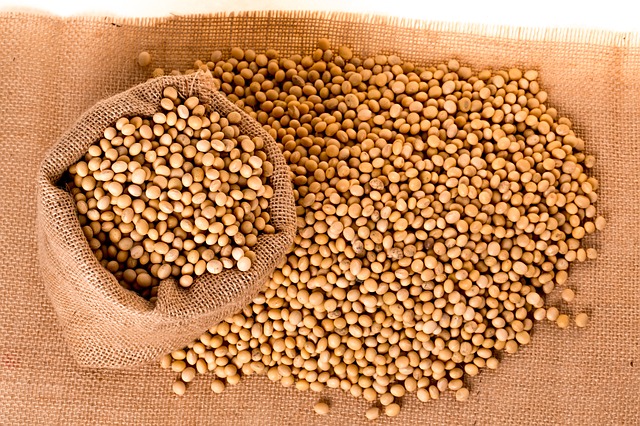PROTEIN
The word 'proteios' has given birth to the term 'protein'. 'Proteios' means the 'prime importance'. In 1838 the term 'protein' was coined by chemist Mulder.
Protein is an important nutrient for the human body. It is a nitrogenous substance along with C, H, and O and known for building and repairing tissues in our body. It's known as bodybuilding food. Our daily food must contain protein as it cannot be stored in the body for subsequent use.
A. Components of Protein:
- Chemically, they are polymers of 𝛂-amino acids, linked through peptide linkage. Protein makes up to 15% of the mass of our body. It is a carbonic compound.
- The main components of protein are carbon in 50%, oxygen in 23%, hydrogen in 7%, and nitrogen in 16% along with some phosphorus and sulfur in a smaller amount, 3% and 0.3% respectively.
Also Read :
B. Amino Acids - Types and Functions
Our body absorbs protein as amino acids. A variety of 20 types of amino acids has been found among which 9 amino acids our body cannot synthesize but they are essential as nutrients. So we have to take them through foods. These are known as Essential Amino Acids.9 Essential Amino Acids are - Histidine, Isoleucine, Leucine, Lysine, Methionine, Phenylalanine, Tryptophan, Threonine, and Valine.
Except for these 9 amino acids, others 11 amino acids can be synthesized inside our body. So they are known as non-essential amino acids.
11 Non-essential Amino Acids are - Alanine, Arginine, Asparagine, Aspartic acid, Cysteine, Glutamic acid, Glutamine, Glycine, Proline, Serine, and Tyrosine.
C. Classifications of Protein:
According to the source, protein can be divided into 2 types -
i) Animal Protein:
The protein we get from fish, meat, egg, milk, paneer, etc. is known as animal protein.
- Meat, fish, liver, eggs - 18 to 20% protein
- Powdered milk (with fat) - 26%
- Powdered milk (without fat) - 33%
- Paneer - 18 to 20%
ii) Plant Protein:
This is the protein we get from pulses, vegetables, cereals, nuts, soybeans, etc.
- Pulses - 18 to 24% protein
- Nuts and seeds - 18 to 26%
- Soybeans - 35 to 43%
- Millets, cereals, legumes - 6 to 12%
- Potatoes - 2%
- green leafy vegetables - 2 to 6%
According to chemical structure, there are 3 types of protein -
i) Simple Protein:
Simple protein contains only amino acids which mean after hydrolysis only amino acids can be founded in them. For example - Albumin, Globulin, Gliadin, Protamine, etc.
ii) Conjugated Protein:
In a conjugated protein a prosthetic group(nonprotein) is found attached to a simple protein. Such as - Phosphoprotein, Glycoprotein, Chromoprotein, Metaloprotein, etc.
iii) Derived Protein:
During the hydrolyzation of simple or conjugated protein amino acid is found as the final product and the proteins found in between the process are known as derived protein.
Protein -> Protian -> Metaprotein -> Protios -> Peptone -> Peptide -> Amino acid
According to quality, there are 3 types of protein -
i) Complete or First class protein:
Proteins that have essential amino acids in an appropriate ratio for bodybuilding are known as complete or first-class protein. It includes protein from fish, meat, milk, eggs, etc.
ii) Incomplete or Second class protein:
The protein we get from pulses, nuts, rice, flour doesn't contain the essential amino acids in the proper ratio and that's why these are known as incomplete or second class protein.
iii) Inappropriate or Third Class Protein:
This type of protein doesn't help in growth or nutrition as they lack essential amino acids. Such as - Gelatin or Gen.
D. The Daily Requirement of Protein
Protein is an essential nutrient of daily food. Specifically, up to 25 years old age, the need for protein remains high because of the high growth rate.
After 25 years old protein requirement decreases. That's why babies, young people, school-going children, adolescents need more protein than adults.
A pregnant woman needs almost 15 grams more protein than that of a normal person. Up to 6 months of pregnancy 25 grams more, then up to 6 to 12 months, she needs 18 grams more than normal protein intake. During pregnancy, there should be 25% animal protein in food.
Daily protein intake depends on a person's body weight. According to RDA(Recommended Dietary Allowance) for protein, an adult over 18 years old should have 0.8 grams of protein per kilograms of his/her body weight daily.
- Woman - body weight 150 pound - 55 grams protein/day
- Man - body weight 180 pound - 65 grams protein/day
E. Role of Protein in the Human Body
Some important functions of protein are -
1. Repair and Maintenance:
Protein is the fundamental element of protoplasm, muscles, blood, bones, teeth, skin, nails, and even hair. Which means protein plays the most vital role in building the human body.
2. Energy:
Protein is a major source of energy. 1 gram of protein produces 4 Kcal energy. If there is not sufficient intake of carbohydrates and fat, protein supplies the required amount of energy.
3. Mental Growth:
Deficiency of first-class protein in childhood can hamper the mental development of a child which can affect adult age too.
4. Hormones:
Hormones like Insulin, Thyroxin, growth hormones are structurally protein or peptides. Tyrosine amino acid helps to produce the hormone Epinephrine which is emitted from the adrenal gland.
Secretin is another example of a protein hormone, helps in digestion by stimulating the pancreas and intestine to produce necessary digestive juices.
5. Enzymes:
Enzymes are protein that increases the rate of chemical reactions in the body. Protein helps to secrete enzymes like pepsin, trypsin, etc.
6. Some Specific Physiological Works:
- Collagen helps to protect the structure of bones and teeth.
- Actin and myosin control muscle contraction.
- Hemoglobin is the main element of red blood corpuscles which is a protein.
- Oxyhemoglobin helps to reach oxygen in body cells.
- Our body complexion depends on Melanin.
- Plasma protein albumin and globulin help in controlling absorption pressure and balance of water inside the body.
- Protein helps to control the level of pH in the blood.
- Lysin is the parental substance of Carnitine.
- Glycine helps in producing hemoglobin and promotes growth.
- Some antibodies, made of protein, prevents many diseases, illness, and infections.
7. Nitrogen Balance:
Protein maintains the balance of nitrogen in our body. The amount of nitrogen an adult takes through protein, the same amount of nitrogen gets out of the body by excretion. This is the situation of nitrogen balance. Protein helps to maintain the equilibrium of nitrogen in our body.
8. Buffering:
Protein plays a significant role as a buffer. Which means it separates the various chemical reactions from each other.
 |
| Milk rich dessert with Raspberries |
F. Deficiency Syndromes of Protein
- The deficiency of protein decreases the growth rate among children.
- Excessive scarcity of protein creates Kwashiorkor and Marasmus among children. These are called PEM - Protein Energy Malnutrition.
- It affects various digestive enzyme secretion which disrupts the digestion and assimilation process.
- The liver plasma fails to synthesize albumin which causes Oedema.
- Accumulation of fat in the liver creates a fatty liver.
- It can cause the degradation of muscles.
- Bodybuilding and growth get hampered.
- Our body loses nitrogen equilibrium.
G. Conclusion
The nutritional value of protein depends on how we eat our foods. Such as lentils lack methionine, but full of lysin. And cereals like rice, wheat has enough methionine. So, if we eat pulses and bread or rice with pulses it gives us the complete benefits of protein.
Sometimes, it's more beneficial to eat a combination of first-class protein with second class. Such as combining meat, milk, etc with cereals is more profitable for health than having only milk.
Basically, we need to choose our food in such a way that we get all the essential amino acids more or less.
Okay, guys, this was all for today. I hope it was a fruitful reading for you. Let me know your opinion in the comment section below.
Hashtags to follow this blog in Social Media:
Thank you for visiting and reading.
Love and care from Anny's Pen.
See you in the next blog.








1 Comments
Great info.
ReplyDeleteThanks!